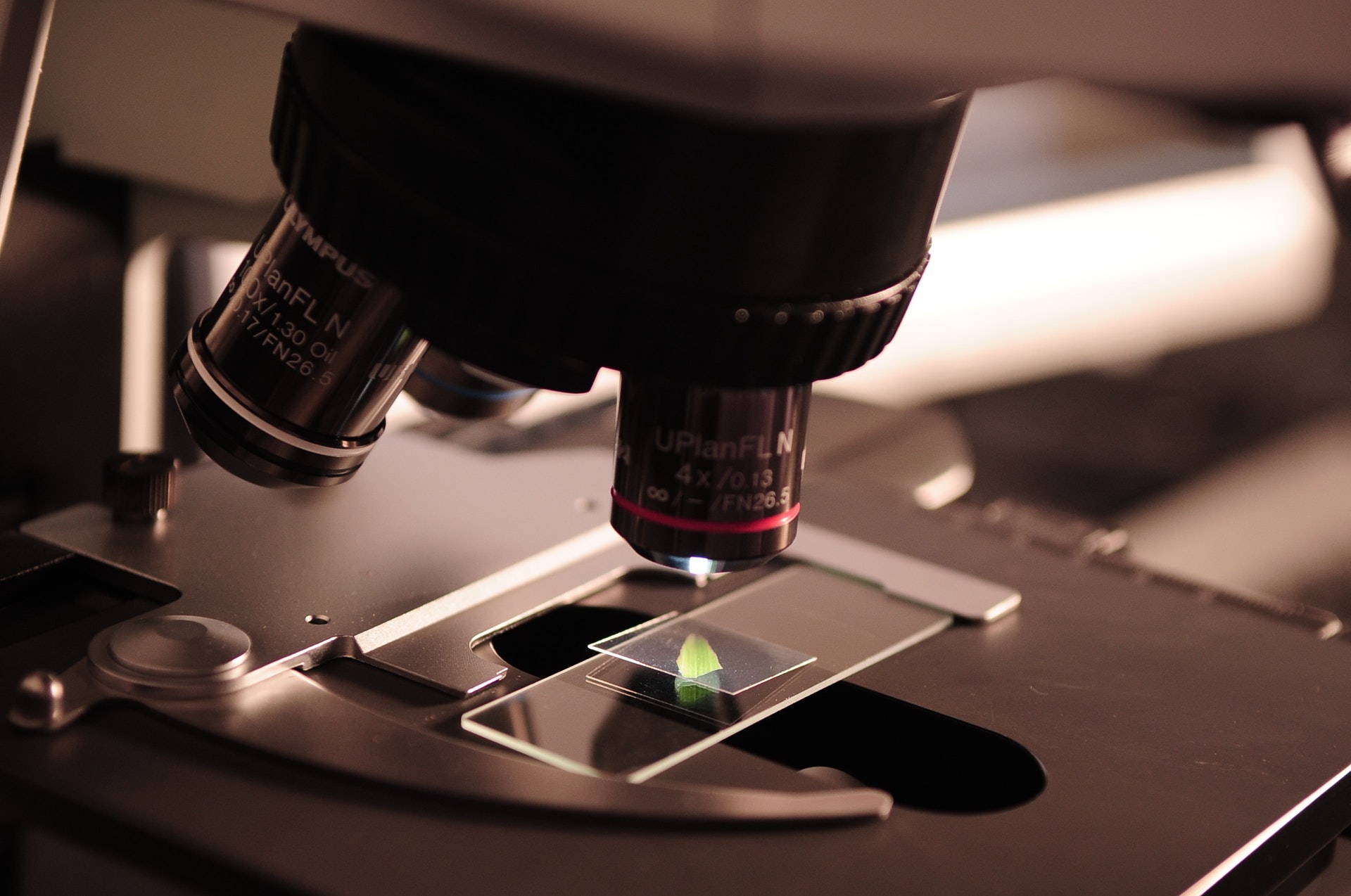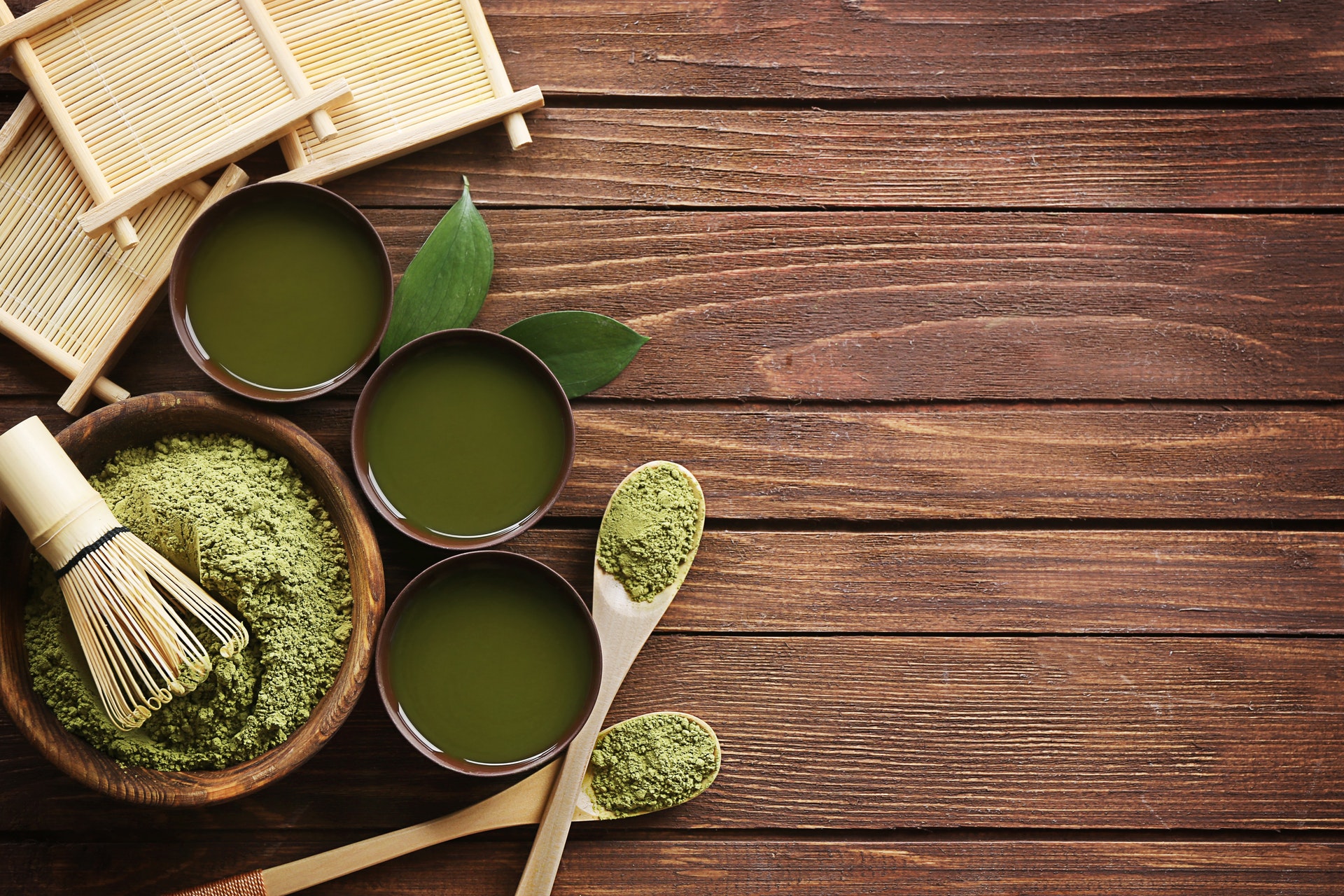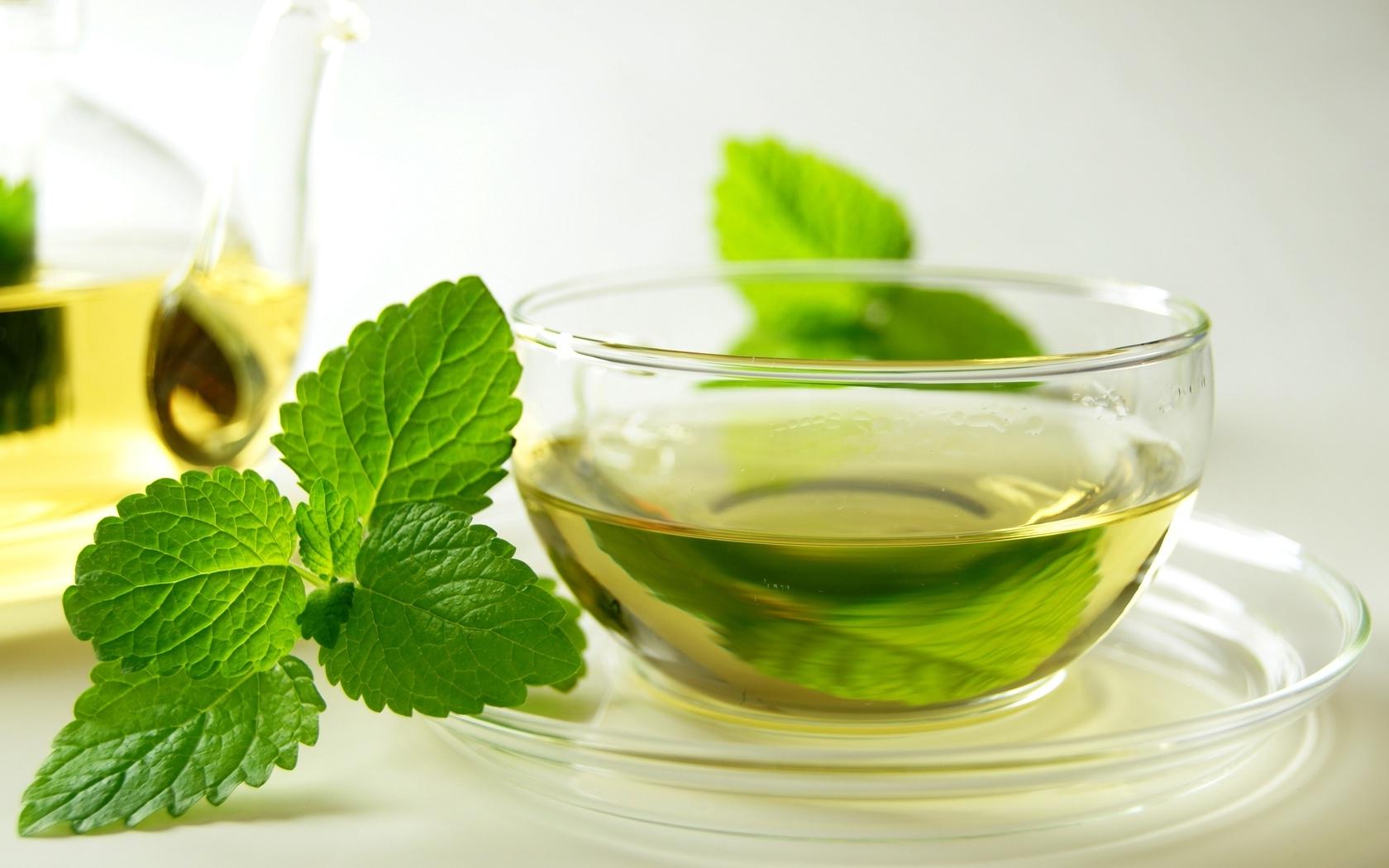When it comes time to select a curly hair product, you’re probably not thinking about physics. You should, however. To build the best hold and spring in your curls, you need a curl product that literally seeps into the curl strand. If the molecules of this product do not seep in to the curl strand then it will just sit on top of your curls making them feel heavy. That’s no fun! Make the physics and curl connection to get the best curls ever.
Curl Gels are Sheerly Better than Curl Creams
Gels by their very nature are translucent and contain a smaller molecular structure than creams. This smaller molecular structure allows gels to penetrate the hair shaft at a greater rate than creams. It’s all in the cling. Gels cling better to hair than creams do. It has to everything to do about the sheer quality or physical properties of a gel. When hair is wet, a gel clings to this wet state and bonds with it.
Creams attempt to create this bond as well but the entire process is much slower. Therein lies the main reason why gels work better than creams at curl formation and frizz reduction. When curls are wet, a cream doesn’t complete this bond until the hair is partially dry. As hair dries without a seal, frizz forms. By the time the cream has formed a “bond” curls are already partially frizzy.
Seal Out the Frizz; Bring in the Shine
The seal that a gel creates hugs the hair shaft closely allowing curls, to form and creates the type of tensile elasticity that allows curls to spring and bounce. This is one of the reasons why it is best to apply gels on wet hair. Anyone with curly hair knows that curls look elongated, shiny, and frizz-free when wet. The key – and this is important – is to capture this wet state of the hair in an attempt to get virtually the same elongated, shiny, and frizz-free when hair has completely dried.
Anyone with curly hair is all too familiar with the story of the ever growing hair. This isn’t hair that grows over the course of months or years. Rather, it is hair that grows from the am to the pm. As in, walking out of the shower with gorgeous curls that gradually grows and grows and grows throughout the day inviting its friends frizz and poufy along for the ride. Capturing curls at its utmost wet state with a gel will stop the frizz and pouf party.
The Rules of Curl Care
If physics can give us the Laws of Physics, we can create a few Rules for Curl Care, right?
Rule 1: Capture wet curls with a gel to banish frizz and increase shine.
Rule 2: Never rub wet curls.
Rule 3: Trim curls regularly to maintain their shape.
Of course, we could compile several more rules for curls. However, these are the most important. Curls that you capture at their utmost wet state seals and locks in moisture, reduces frizz, and increases shine. Once you know the differences between the physical characteristics of the gel and that of a cream, making a choice in a curly hair care product becomes an easy decision. When you know that a gel seeps into the curl; whereas a cream sits on top of it, you definitely want to buy something that will seal the curl and help shape it.
So as it turns out, you may need to know just a little bit of physics when it comes to choosing your curly hair product. Relax. This type of physics does not involve quantum mechanics. Rather, it deals with the physical characteristics of how a gel works on the curl strand versus the ineffective workings of a cream. Following the Rules for Curl Care are another great step in caring for your curls.
A 100% natural curly hair gel such as Gelissimo is an excellent choice that soaks into the curl strand. It helps each curl strand collectively form into frizz free, shiny and bouncy curls. Gelissimo contains natural matcha green tea extract. This anti-antioxidant rich nutrient nourishes and restores every curl type.
This content is not meant to diagnose a disease or treat an ailment. It is simply the findings from our research at Green Curly. Contact your doctor, dermatologist, or other health professional for medical advice.




Leave A Comment
You must be logged in to post a comment.